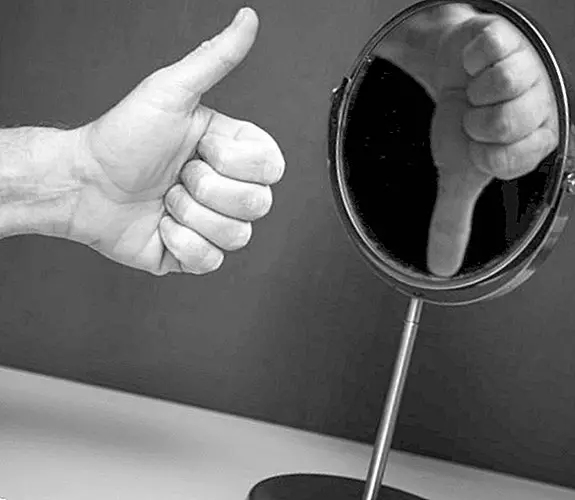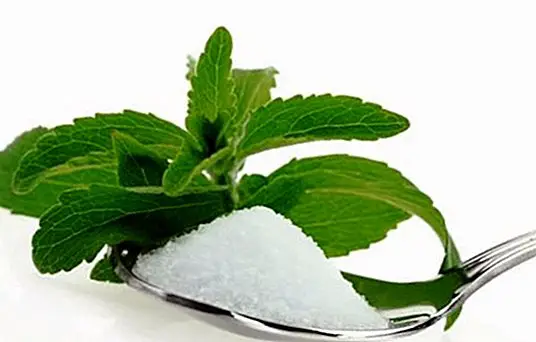Functions of the gallbladder
When we talk about the liver it is usual that almost in unison we also refer to the gallbladder, a small organ that is part of the digestive system and is located precisely below the liver.
The gallbladder consists of a viscus of small size (between 5 to 7 centimeters in diameter), shaped much like a pear, and connected to the duodenum (small intestine) through the common bile duct.

Although it is a fundamental organ to improve the solubility of cholesterol, fats and to optimize the best absorption of vitamins, it is possible to live without a gall bladder, although after its removal the food has a slower and heavier digestive process.
The biliary system consists of the gall bladder itself, the bile ducts and the different associated structures that actively participate in both the production and transport of bile.
The main functions of the gallbladder
The gallbladder acts as storage of bile, a greenish-yellow liquid produced in the liver (specifically liver cells or hepatocytes), which is secreted through the biliary system into the small intestine to help in the absorption of fats and the process of digestion.
When the food enters the small intestine, a hormone known as cholecystokinin is released, which stimulates the contraction of the gallbladder.
Once in the intestine, it is able to emulsify the fat molecules, which allows both fats and fat-soluble vitamins to be absorbed and enter the bloodstream.

If you want to learn more about the gall bladder we advise you to read the following notes:
- How to purify the gallbladder
- Remove the gallbladder
- Take care of the gallbladder
- Dissolve gallstones
Image | Wikimedia TopicsGallbladder


